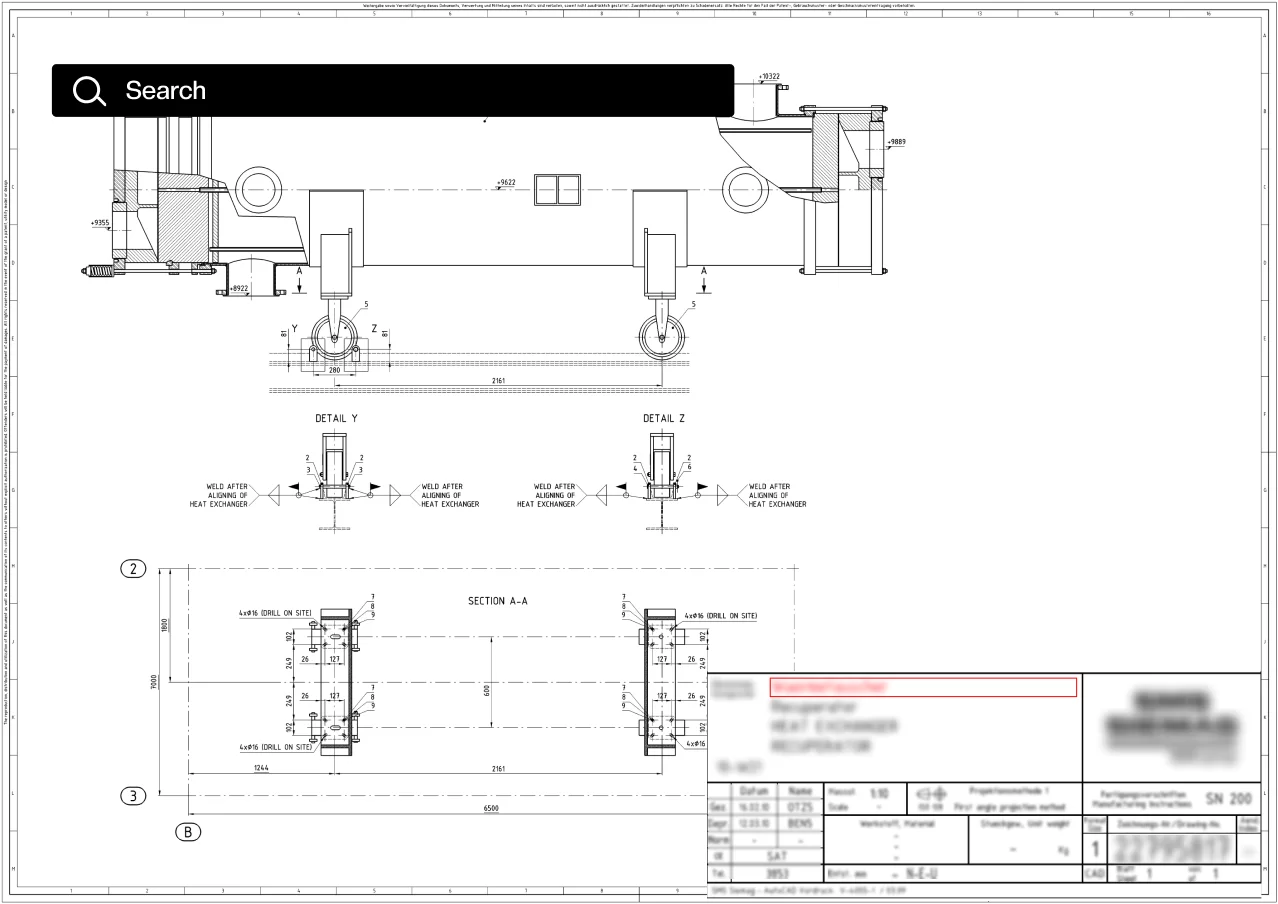
Managing Engineering Drawings
Engineering drawings, including blueprints, site plans, and zoning maps, provide critical insights and information. These documents are not just stored away in back rooms; they are actively used in many settings. Organizations often maintain these drawings to ensure proper management of their operations, compliance with regulations, and accurate documentation of structures and layouts. Having ready access to these detailed plans is essential for effective decision-making and operational efficiency.
Need for Enhanced Accessibility to Engineering Drawings
Most of these large, crucially important documents are now digitized. However, a significant portion of engineering drawings, blueprints, maps, and charts remain in paper format, stored in cardboard tubes or drawers. The large size and volume of these documents can be extremely inconvenient. This often leads to a reluctance to consult these essential documents, a shortcut that could have disastrous results in the long run.
Harnessing Artificial Intelligence for Insights
Organizations across various sectors can turn to service providers to scan engineering drawings and other large documents. Due to the size of these documents, which far exceed the capacity of consumer-grade scanners, a third-party service provider is traditionally required. This is a suitable solution for digitizing blueprints, site plans, and maps for most. However, one issue remains: the data contained within these images isn’t easily accessible. You can’t simply enter a query into a search bar; users must locate the digital file and consult it manually. Machine learning provides an excellent solution to this dilemma.
Machine Learning for Data Capture from Engineering Drawings
Locating specific data on large blueprints or charts can be a tedious and time-consuming task. The most efficient solution is to extract, capture, and store the information in a searchable format.
Machine learning-powered optical character recognition (OCR) scanner technology processes images, capturing text and even measurements. This results in a dataset that can be queried within seconds from any location with internet access. It’s a significantly more time-efficient alternative to manually searching through paper blueprints at the office.
Machine learning technology further enhances the accuracy of data captured from blueprints, charts, maps, and other documents.
The searchability of blueprints is just the beginning. Once the data capture process is complete, the information can undergo processing and analysis. Machine learning and other artificial intelligence technologies enable sophisticated data analysis, yielding valuable insights that inform business decisions and operations.

